Expansion in Diverse Sectors
The Self Service Kiosk Market is experiencing expansion across a multitude of sectors, including healthcare, transportation, and entertainment. This diversification is driven by the increasing recognition of kiosks as effective tools for improving service delivery and operational efficiency. For instance, in healthcare, kiosks are being utilized for patient check-ins and information dissemination, leading to reduced wait times. Market analysis indicates that the healthcare segment alone is expected to grow by 15% in the coming years. As more industries adopt self-service kiosks, the Self Service Kiosk Market is poised for substantial growth, reflecting its versatility and adaptability.
Rising Demand for Automation
The Self Service Kiosk Market experiences a notable surge in demand for automation across various sectors. Businesses are increasingly adopting self-service kiosks to enhance operational efficiency and reduce labor costs. According to recent data, the market is projected to grow at a compound annual growth rate of approximately 10% over the next five years. This trend is driven by the need for streamlined customer interactions, allowing businesses to serve more customers with fewer resources. As automation becomes more prevalent, the Self Service Kiosk Market is likely to witness innovations that further improve user experience and operational capabilities.
Integration of Payment Solutions
The Self Service Kiosk Market is witnessing a transformative shift with the integration of advanced payment solutions. The rise of digital wallets and contactless payment methods has made transactions more seamless and secure. Data suggests that kiosks equipped with multiple payment options can increase transaction speed by 40%, enhancing customer satisfaction. As payment technology continues to evolve, the Self Service Kiosk Market is expected to adapt, offering more versatile payment solutions that cater to consumer preferences. This integration not only streamlines the purchasing process but also positions kiosks as a preferred choice for modern consumers.
Enhancements in User Experience Design
The Self Service Kiosk Market is significantly influenced by advancements in user experience design. Companies are increasingly focusing on creating intuitive and user-friendly interfaces that cater to diverse customer needs. Enhanced design not only improves customer satisfaction but also increases the likelihood of repeat usage. Recent studies indicate that kiosks with superior user experience can boost transaction volumes by up to 30%. As businesses recognize the importance of design in driving customer engagement, the Self Service Kiosk Market is likely to see a proliferation of innovative designs that prioritize usability and accessibility.
Consumer Preference for Self-Service Options
In the Self Service Kiosk Market, there is a discernible shift in consumer behavior towards self-service options. Customers increasingly prefer the autonomy and convenience that kiosks provide, particularly in sectors such as retail and hospitality. This preference is reflected in a survey indicating that over 60% of consumers favor self-service solutions for transactions. As businesses respond to this demand, the Self Service Kiosk Market is expected to expand, with more companies investing in kiosk technology to meet evolving consumer expectations. This trend suggests a long-term shift in how services are delivered, emphasizing the importance of self-service solutions.


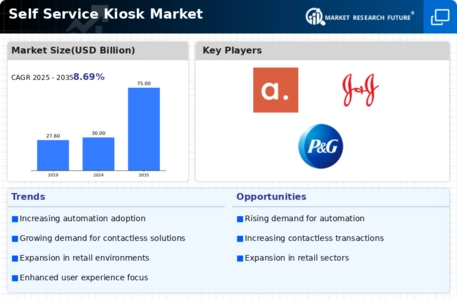
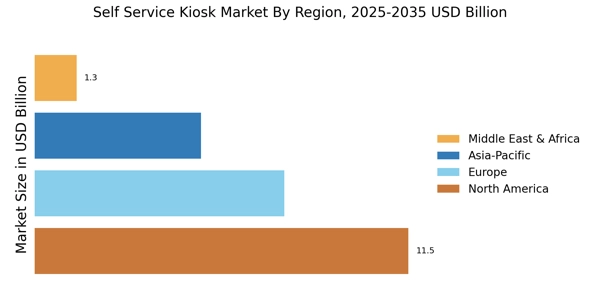

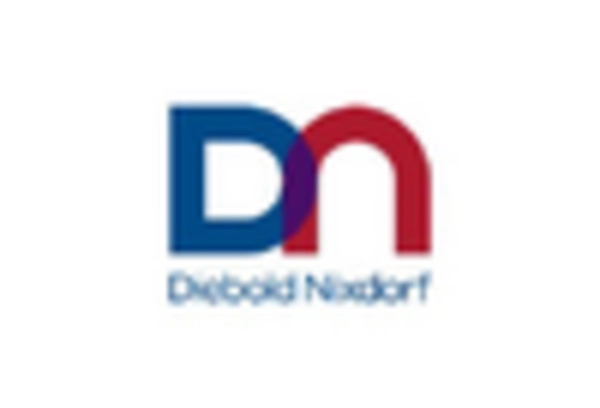
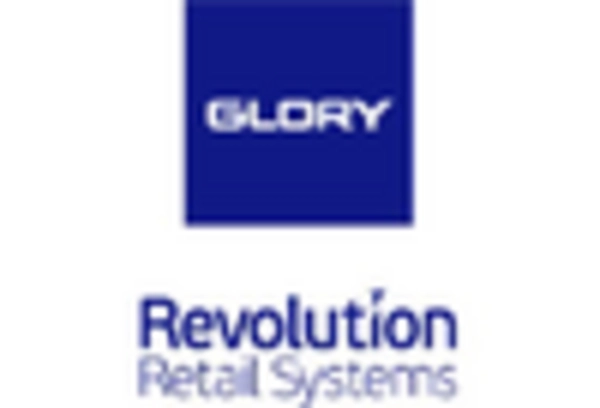
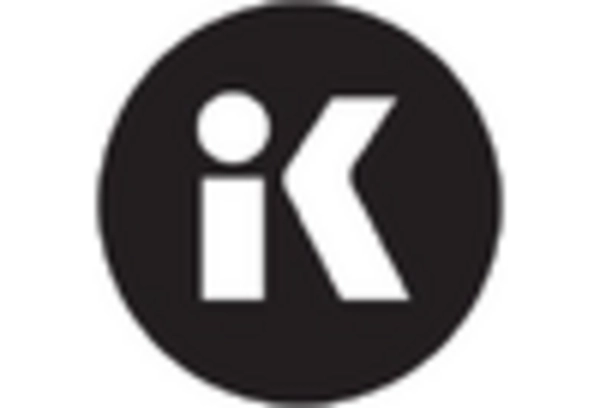
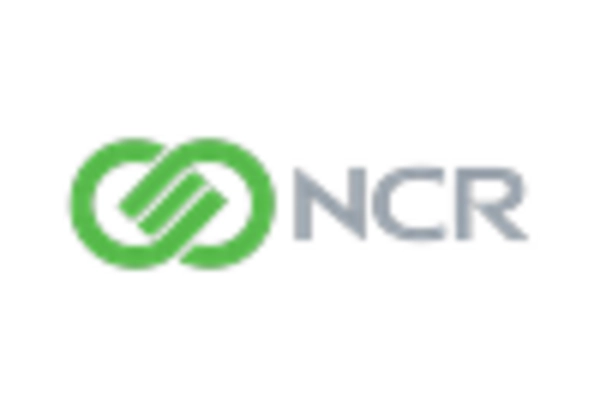









Leave a Comment